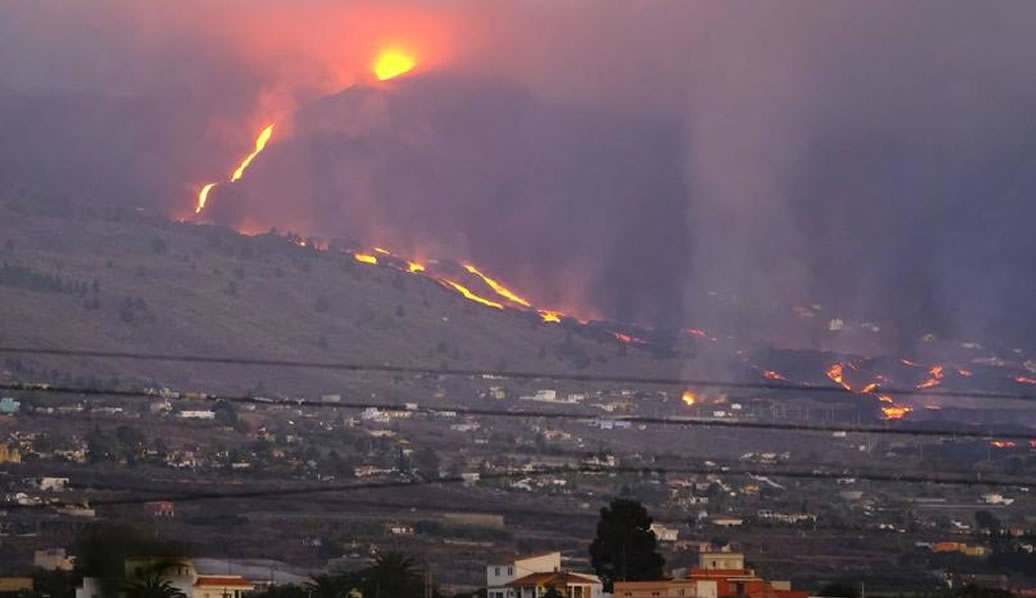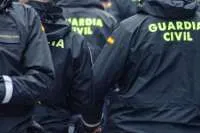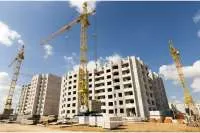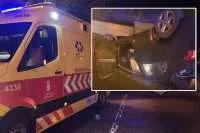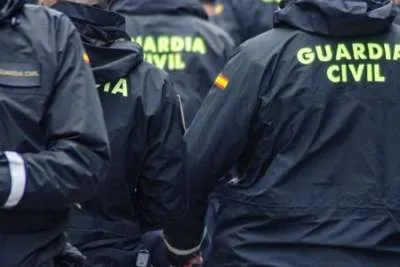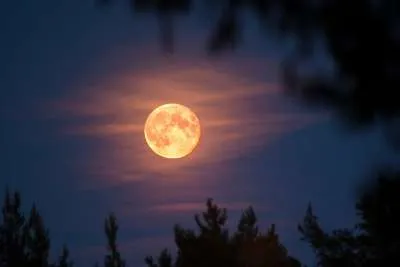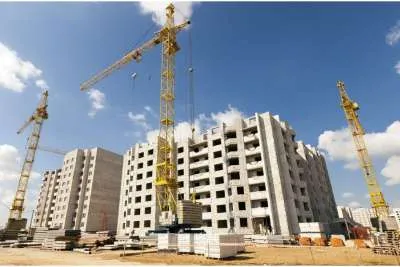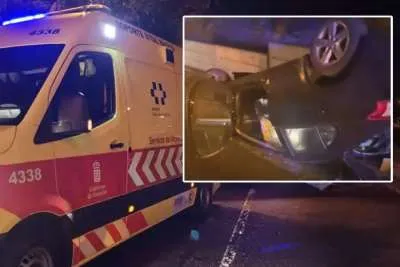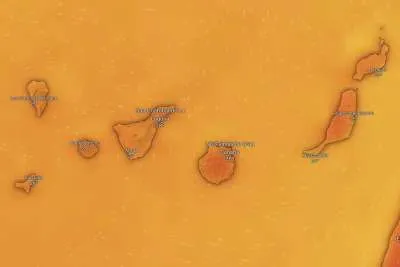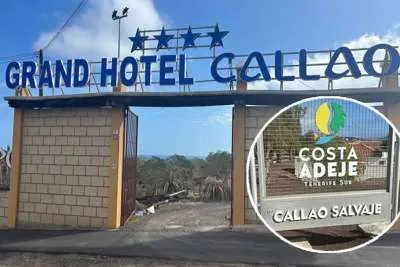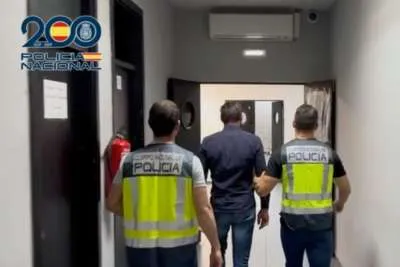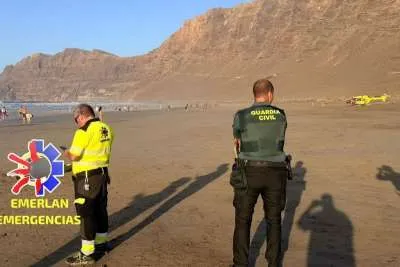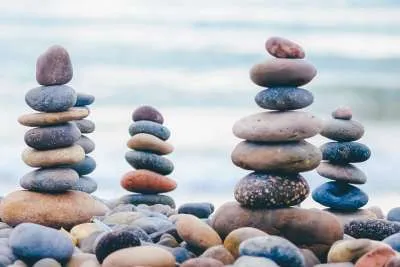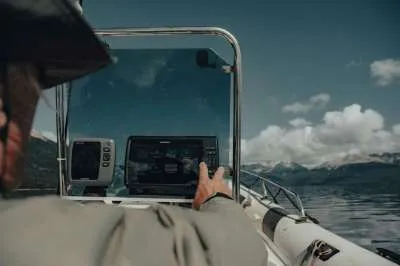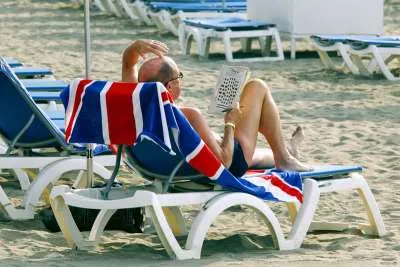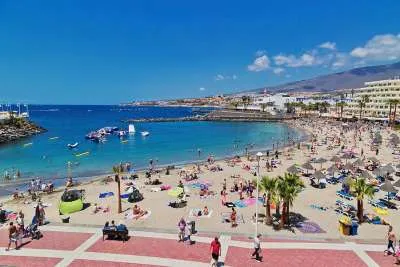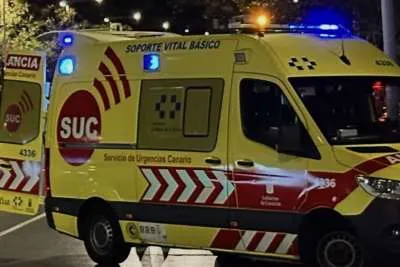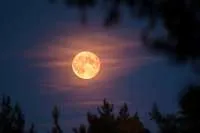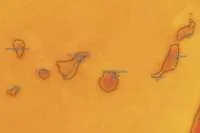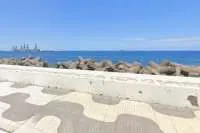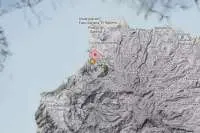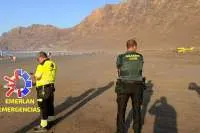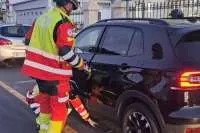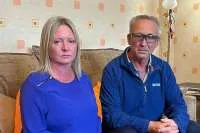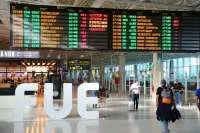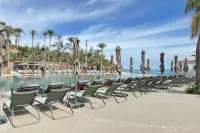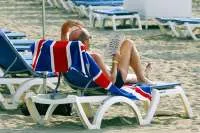Experts warn that the eruption will not end in the short or medium term
- 13-10-2021
- Tenerife
- Canarian Weekly
The indicators that scientists monitor at the La Palma volcano, especially sulphur dioxide emissions, suggest that the end of the eruption will not occur in the short or medium term as confirmed by Pevolca. The volcano is releasing a plume of gases 3,000 meters high, with high amounts of sulphur dioxide, at over 17,000 tons per day, which would have to drop to 100 tons per day to signify that the eruption was coming to an end.
The other two main parameters that determine the energy of the eruptive system, the deformation of the ground and the seismic activity, have also maintained stable values over the last few days without reducing.
According to scientists, the area affected by the lava flows has now reached 640 hectares, 27 more than yesterday, and is 1,770 meters wide due to the volume coming from the northwest flow, which is 250 metres wider than yesterday.
The technical director of Pevolca, Miguel Ángel Morcuende, has reported that the lava flow from the north flank of the volcano, which is flowing to the west and northwest forcing the evacuation of 800 residents of Los Llanos of Aridane yesterday, is advancing very slowly, with the possibility that it actually stops due to its viscosity and cooling.
Here is the latest live feed of the volcano
The Copernicus satellite data shows that 1,408 buildings have been destroyed and 133 have been partially affected, and that 8% of the island's territory is currently affected by the volcano.
The number of evacuees was 5,700 initially, but with 700 more yesterday, the total is now over 6,400. Almost 400 of these are tourists who have been transferred to Tenerife with the remaining 6,000 staying with family and friends.
Four days of operation at the airport:
Pevolca reports that air quality is good and the airport is operating normally. The problem for the airport arises when the wind blows ashes from the west across to the airport which is on the east coast of the island. From tomorrow an east wind is expected to send the ash from the volcano to the west, that is, towards the sea away from the island, so there will be perfect operation for at least the next four days.
"The island is safe"
Morcuende stressed that the island is safe considering the damage caused by the volcano, adding that life is continuing as normal, except for those in the affected area. Those away from the southwest part of the island can continue to practice tourism and lead a fairly normal life.
Other articles that may interest you...
Trending
Most Read Articles
Featured Videos
A Vision of Elvis Tenerife Promo
- 10-05-2025
Tenerife Travel Guide
- 13-12-2024
Live webcam from Lanzarote airport
- 13-12-2024


